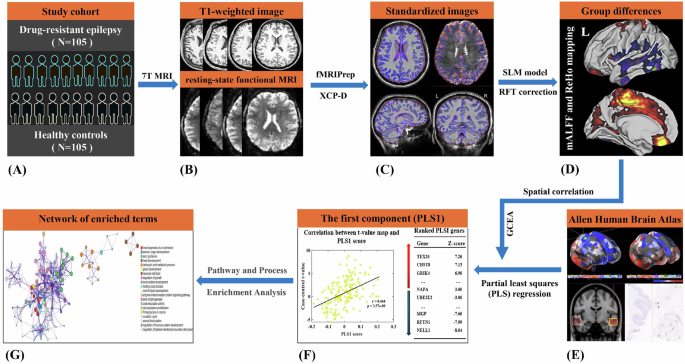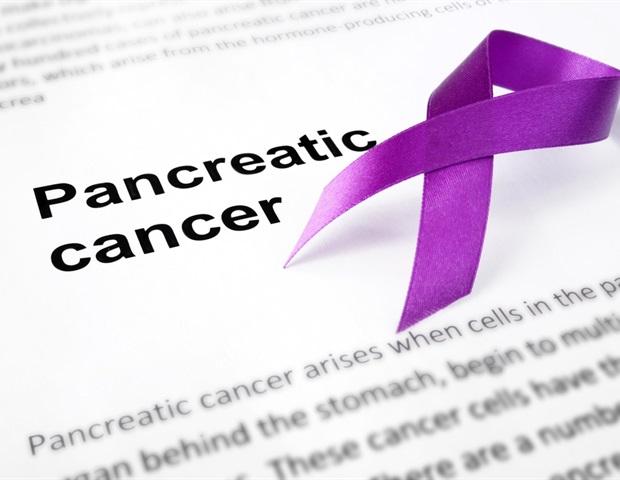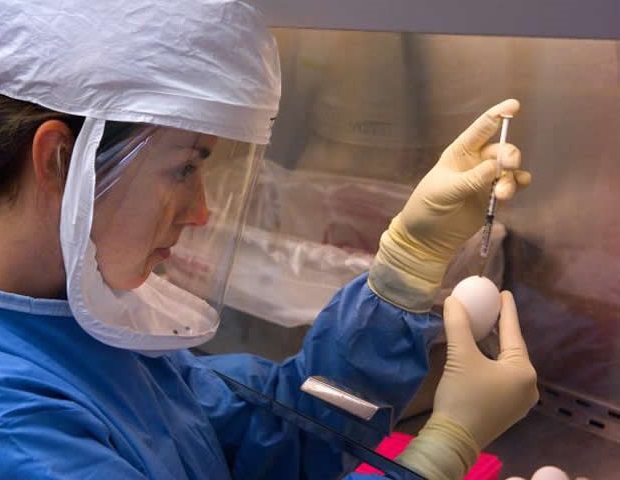Once a medical miracle, antibiotics are now losing their power. Across the world, common infections are becoming harder-and sometimes impossible-to treat. This new review paints a sobering picture of global antimicrobial resistance…
Blog
-

Transcriptomic decoding of regional cortical vulnerability to drug-resistant epilepsy using 7T MRI
Fiest, K. M. et al. Prevalence and incidence of epilepsy: a systematic review and meta-analysis of international studies. Neurology 88, 296–303 (2017).
Begley, C. E. & Beghi, E. The economic…
Continue Reading
-

Stranger Things: What could happen next as the show’s finale looms?
We all want to know why Henry Kreel, played by Jamie Campbell Bower, looks scared outside the cave where Max Mayfield and Holly Wheeler take refuge.
They appear to be trapped inside one of Henry’s early memories, with Holly in his childhood home…
Continue Reading
-

The King’s Christmas message to be from Westminster Abbey
His Majesty The King’s Christmas message, which will be broadcast on Christmas Day, was filmed in the Lady Chapel at Westminster Abbey by the BBC.
This is the…
Continue Reading
-

Ollamani and General Atlantic Form Strategic Partnership
Newly created entity will own Mexico’s leading soccer team, Club América, as well as Estadio Banorte and adjacent real estate
Mexico City, MX — December 23, 2025 — Ollamani, S.A.B. (“Ollamani”) (BMV: AGUILAS) today announced the…
Continue Reading
-

CT-based quantification of tumor fibrosis guides chemotherapy in pancreatic cancer
On October 3, 2025, a multicenter team from Shenzhen University, Xiangya Hospital of Central South University, Zhujiang Hospital of Southern Medical University, Wuxi People’s Hospital Affiliated to Nanjing Medical University,…
Continue Reading
-

IMF remittance mandate for Pakistan sparks shadow banking fears
FinanceCutting bank incentives risks a reemergence of informal transfer channels: experts
Pakistani rupee notes are counted at a bank in Peshawar in August 2023. Economists are worried that the IMF might inadvertently persuade overseas…
Continue Reading
-
The body mass-maximum speed relationship and the athletic capability of giant proboscideans and sauropods
Hutchinson, J. R. The evolutionary biomechanics of locomotor function in giant land animals. J. Exp. Biol. 224, 1–15, jeb217463. https://doi.org/10.1242/jeb.217463 (2021).
Alexander, R. M. N. Estimates of speeds of dinosaurs. Nature 261,…
Continue Reading
-

Taylor Swift Drops Sneaky New Music Hint in ‘The End of an Era’ Docuseries Ending | Music, Taylor Swift | Celebrity News and Gossip | Entertainment, Photos and Videos
Taylor Swift is teasing new music!
The pop star’s new documentary series The End of an Era released its final episodes this week on Disney+ and the ending came with a sly nod toward the next chapter.
Keep reading to find out more…
In the…
Continue Reading
-
Cal State Bakersfield 64-63 Idaho (Dec 23, 2025) Game Recap – ESPN
- Cal State Bakersfield 64-63 Idaho (Dec 23, 2025) Game Recap ESPN
- Hardy scores 20, Jessamy hits winner as Cal State Bakersfield rallies to beat Idaho 64-63 Herald Bulletin
- Vandals Drop Heartbreaker to Roadrunners in Non-Con Finale University of…
Continue Reading
